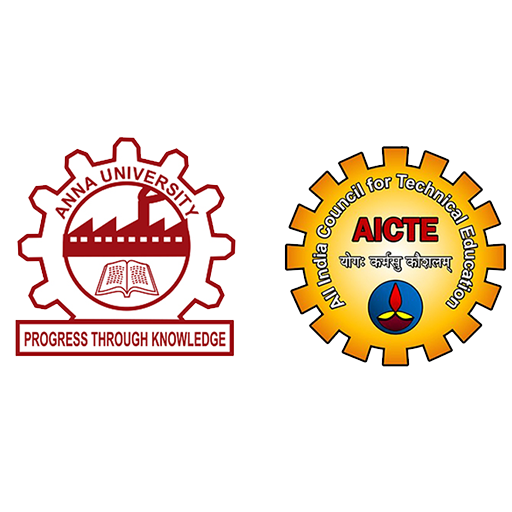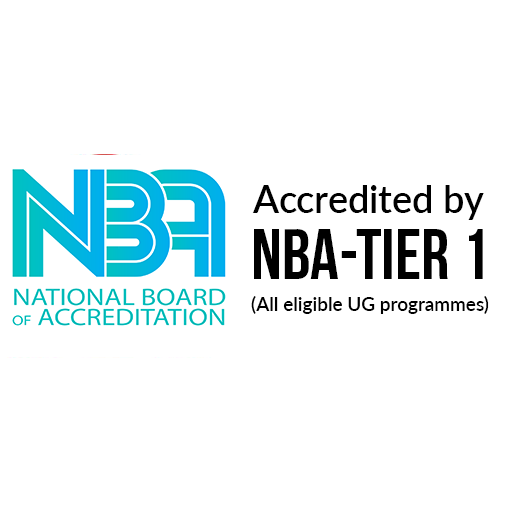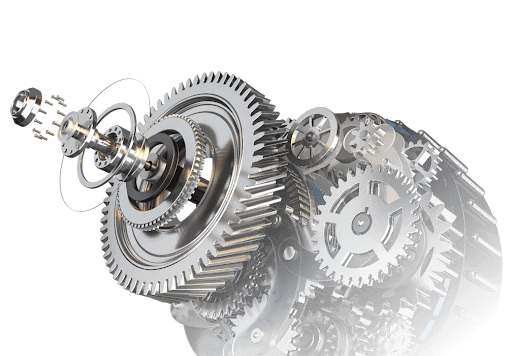Introduction
Product Lifecycle Management (PLM) plays a crucial role in the field of Mechanical Engineering, shaping the way products are conceived, designed, manufactured, and supported. This comprehensive guide will delve into the various stages of PLM in Mechanical Engineering, highlighting its importance, benefits, and future trends.
Definition and Importance of Product Lifecycle Management (PLM)
- PLM refers to the process of managing a product from its conceptualization to its retirement.
- It helps streamline product development, reduce time-to-market, and enhance collaboration among cross-functional teams.
Overview of PLM in Mechanical Engineering
- PLM in Mechanical Engineering involves the utilization of software tools and methodologies to optimize the product development process.
- It encompasses key stages such as conceptualization, development, production, and end of lifecycle phases.
Significance of Understanding the Lifecycle of PLM
- Understanding the lifecycle of PLM enables companies to make informed decisions, improve product quality, and ensure regulatory compliance.
- It fosters innovation, efficiency, and continuous improvement in product design and development processes.
Conceptualization Phase
In the Conceptualization phase, engineers brainstorm ideas, create initial designs, and collaborate to refine concepts.
Ideation and Design of Mechanical Products
- Engineers brainstorm innovative ideas and develop initial sketches or prototypes.
- Creative thinking and problem-solving skills are essential for generating unique and feasible design concepts.
Integration of PLM Software for Concept Development
- PLM software tools facilitate the creation, visualization, and simulation of design concepts.
- Engineers can analyze factors like material selection, manufacturability, and cost optimization using PLM software.
Collaboration among Engineering Teams for Concept Refinement
- Cross-functional collaboration among design, engineering, and manufacturing teams is crucial for refining concepts.
- Effective communication and feedback mechanisms help in iterating and improving design ideas.
Development Phase
The Development phase focuses on detailed design, analysis, testing, and iterative refinement of product concepts.
Utilization of PLM Tools for Detailed Design and Analysis
- PLM tools enable engineers to create detailed 3D models, perform structural analysis, and optimize product geometry.
- Virtual testing and simulation help in identifying design flaws, improving product performance, and reducing development costs.
Implementation of Simulation and Testing Processes
- Engineers utilize simulation tools to validate product performance under different operating conditions.
- Testing methodologies such as finite element analysis (FEA) and computational fluid dynamics (CFD) aid in predicting product behavior and optimizing designs.
Incorporation of Feedback for Iterative Development
- Feedback from testing and simulation results is used to refine designs, improve product functionality, and meet performance requirements.
- Iterative prototyping and validation cycles ensure that design changes are implemented effectively.
Production Phase
The Production phase involves integrating PLM systems with manufacturing processes, ensuring quality control, and compliance management.
Integration of PLM Systems with Manufacturing Processes
- PLM systems facilitate seamless data transfer between design and manufacturing teams, ensuring consistency and accuracy.
- Features like bill of materials (BOM) management and change control streamline production operations.
Streamlining Production Operations through PLM
- PLM systems optimize production scheduling, resource allocation, and inventory management.
- Real-time collaboration and visibility into production processes enhance efficiency and reduce time-to-market.
Quality Control and Compliance Management using PLM
- PLM tools aid in tracking product quality, monitoring compliance with industry standards, and ensuring regulatory requirements are met.
- Document control functionalities help in maintaining accurate records and traceability throughout the production lifecycle.
End of Lifecycle Phase
In the End of Lifecycle phase, companies focus on maintenance, service operations, upgrades, revisions, and data management post-product release.
Maintenance and Service Operations post-Product Release
- PLM systems support maintenance activities by providing access to product documentation, service manuals, and spare parts information.
- Predictive maintenance tools help in monitoring product health, minimizing downtime, and optimizing asset performance.
Upgrades, Revisions, and End-of-Life Planning
- Companies plan for product upgrades, revisions, and end-of-life strategies to extend the product lifecycle and meet evolving customer demands.
- PLM tools aid in managing product variants, tracking design changes, and planning obsolescence strategies.
Data Management and Archiving for Future Reference
- Data management plays a critical role in archiving product information, design history, and engineering documentation for future reference.
- PLM systems ensure data integrity, security, and accessibility, enabling companies to leverage past knowledge for future products.
Summary
In summary, Product Lifecycle Management in Mechanical Engineering encompasses key stages such as Conceptualization, Development, Production, and End of Lifecycle phases.
Recap of PLM Lifecycle Stages in Mechanical Engineering
- The PLM lifecycle involves ideation, design, analysis, testing, production, maintenance, and end-of-life planning.
- Collaboration, innovation, and continuous improvement are core principles of PLM in Mechanical Engineering.
Key Takeaways and Learnings from Understanding PLM
- PLM enhances product development efficiency, fosters innovation, and improves collaboration among multidisciplinary teams.
- Understanding the lifecycle of PLM is crucial for driving product success, meeting customer expectations, and achieving business goals.
Future Trends and Developments in PLM for Mechanical Engineering
- The future of PLM in Mechanical Engineering is likely to focus on digitalization, IoT integration, AI-driven design optimization, and sustainability initiatives.
- Companies need to adapt to technological advancements, embrace digital transformation, and align PLM strategies with emerging industry trends.
FAQs
What are the key benefits of implementing PLM in Mechanical Engineering?
- Improved product quality, reduced time-to-market, enhanced collaboration, and optimized resource utilization are key benefits of implementing PLM in Mechanical Engineering.
How does PLM software help in improving product development efficiency?
- PLM software streamlines design processes, facilitates collaboration among teams, ensures data integrity, and enables efficient decision-making, thus improving product development efficiency.
What challenges can arise during the implementation of PLM in mechanical projects?
- Challenges such as resistance to change, data integration issues, software compatibility issues, and lack of training can arise during the implementation of PLM in mechanical projects. Overcoming these challenges requires effective change management, training programs, and clear communication strategies.








